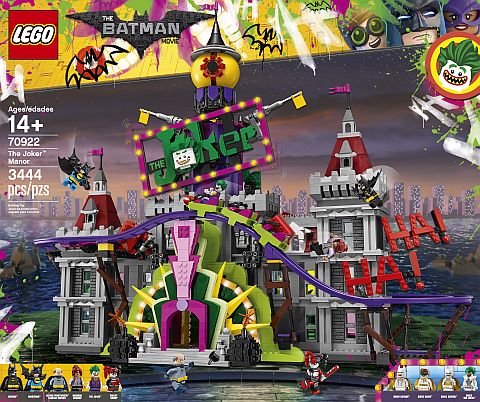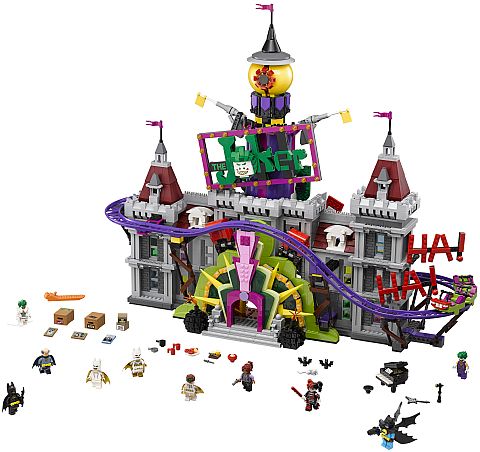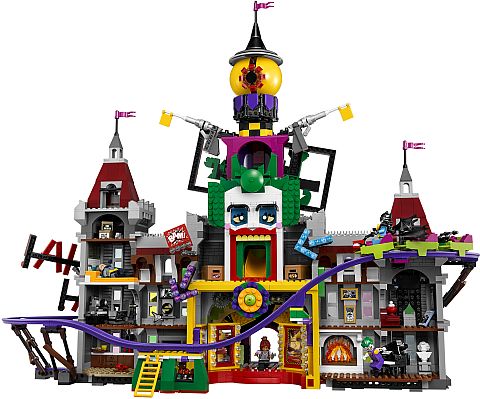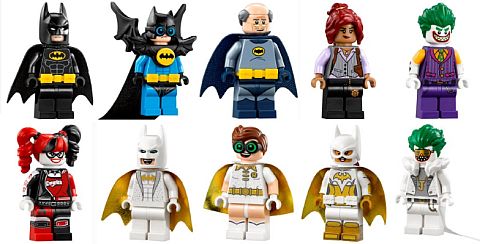It has become a Christmas tradition that Canadian LEGO builder, artist, and photographer Chris McVeigh releases a series of charming LEGO Christmas ornaments for the holidays. You can either download the instructions to make your own ornaments, or purchase the ornaments as building kits from Chris’ website. Chris also published a beautiful book, which includes instructions for many of his previously released ornaments. Below, we will look at the Christmas ornaments Chris designed for this year. If you would like to learn more about the book, you can find my review here: The LEGO Christmas Ornament Book Review 🙂

The new LEGO Christmas ornaments designed by Chris for this year include some fun twist ornaments that take advantage of LEGO’s new colors and pieces, as well as other traditional Christmas ornament shapes. In addition, there is also a whole series Chris calls Platecraft Ornaments. They are made of LEGO plates and some small decorative pieces, and include a gingerbread man, gingerbread bear, Mr. and Mrs. snowman pair, a reindeer, and a small gingerbread house. And of course, there is also a traditional gingerbread house ornament.

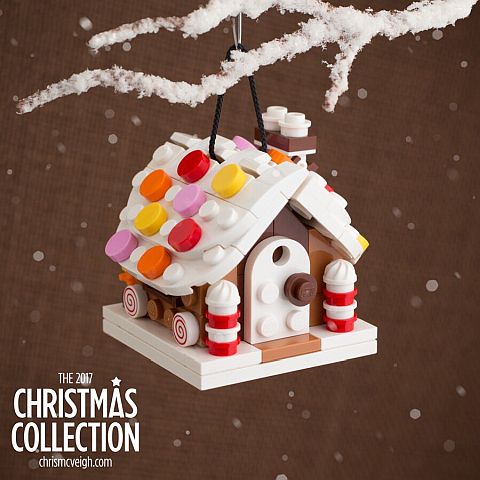


As I mentioned above, you can download free instructions for all of the ornaments, so you can build them yourself from the pieces you already have. Many of the ornaments are small, with about 50 pieces, so if you have a decent selection of basic LEGO bricks and shapes, you should have no problem building them. And, of course, you can swap out some of the colors and pieces if you don’t have them, or you want to create a greater variety of ornaments. You can get all the instructions here: DOWNLOAD LEGO CHRISTMAS ORNAMENTS INSTRUCTIONS

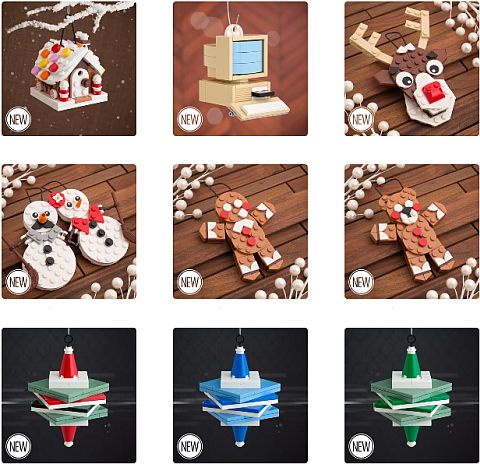
If you rather have Chris mail the pieces to you, you can buy the ornaments as building kits, with all the needed parts and instructions. The kits also make very unique Christmas gift for LEGO fans, and your purchase supports Chris’ effort to provide free designs. You can buy the LEGO Christmas ornament kits here: BUY LEGO CHRISTMAS ORNAMENTS BUILDING KITS

Chris also released a book last year, featuring fifteen of his LEGO Christmas ornaments with step-by-step instructions. I have reviewed the book here: The LEGO Christmas Ornaments Book Review. In summary, it is super nice, and I highly recommend it. It also makes a great Christmas gift for LEGO fans both young and old. Please note that the book is best for those who already have a decent LEGO collection of at least basic shapes and colors, so they can build the designs themselves. You can find the book here: BUY THE LEGO CHRISTMAS ORNAMENTS BOOK

Decorating your Christmas tree with LEGO ornaments is a fun pastime for the whole family. Once you try out some of Chris’ designs, and get a hang of it, you can also experiment with making your own LEGO Christmas ornaments. I would recommend putting together a good assortment of LEGO plates, tiles, and some fun little decorative pieces in bright colors in a tub or box, then gather the whole family around to begin building!
What do you think? Do you use LEGO for your holiday decorations? And what do you think of these LEGO Christmas ornaments? Have you built any of them already? Feel free to share your own design ideas in the comment section below! 😉
And you might also like to check out the following related posts:
- The LEGO Christmas Ornaments Book Review
- LEGO Projects & Instructions by Chris McVeigh
- LEGO Brick Sketches by Chris McVeigh
- LEGO Gingerbread House Ideas for the Holidays!
- Make Your Own LEGO Christmas Decorations!
- LEGO Holiday Train Review, Thoughts, Tweaks
- LEGO Winter Village Station Review & Thoughts


